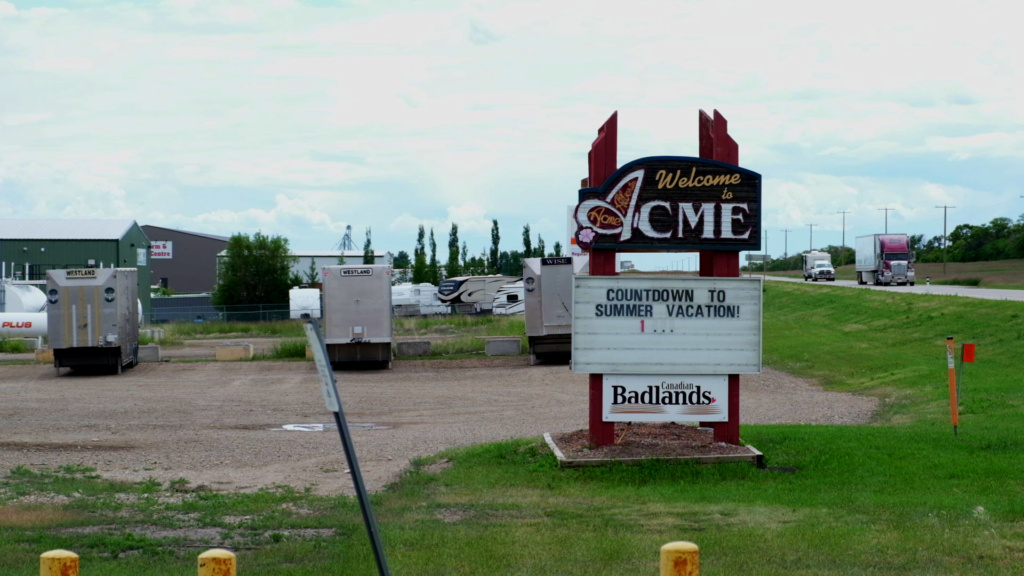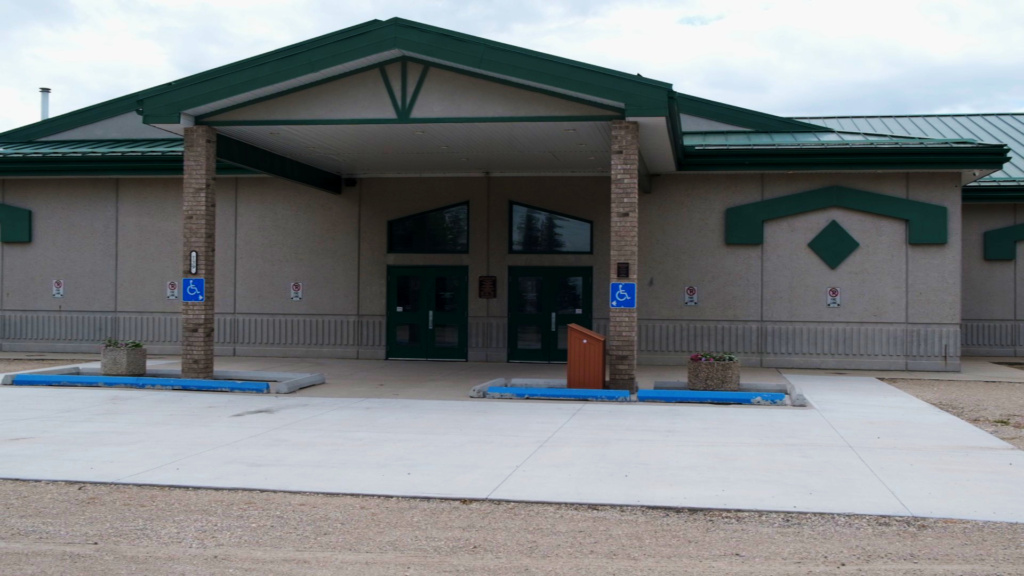
If you blink, you might miss the turnoff—but if you take it, Acme, Alberta, has a way of slowing you down in the best kind of way. About an hour northeast of Calgary, the village sits quietly among the wheat fields and gravel roads of Kneehill County. There’s no grand welcome sign or flashy roadside attraction. Just a few grain bins, a water tower, and a main street that feels like it’s been waiting patiently for you to notice it.
Acme was born in 1910, the same day the first train rolled in on the Canadian Pacific Railway’s northern line. The name—“Acme,” meaning “the peak”—wasn’t just poetic; it marked the highest point on that stretch of track. For a while, this was the end of the line, literally. Settlers arrived with trunks and livestock, and the village grew around the station. You can still feel the railway’s imprint in the layout of the streets and the way the town seems to stretch toward the tracks, even though the trains don’t stop here anymore.
Farming shaped Acme, and it still does. The land is generous, and the people know how to work it. You’ll see trucks hauling grain down Prospect Avenue, and in the fall, the air smells faintly of dust and diesel and harvest. There’s a rhythm to life here that doesn’t change much, even when everything else does.

One of the town’s anchors is the Acme Community Centre, rebuilt after a fire in 2004. Locals still talk about the old Memorial Hall, but the new space carries the same spirit—weddings, funerals, curling bonspiels, and the kind of potlucks where everyone knows who made the butter tarts. Just a few blocks away, Acme School is still going strong. The gym echoes with the same sounds it did decades ago: basketballs thumping, kids laughing, the occasional squeaky rendition of “O Canada.”
There’s a house on the edge of town with a windmill in the yard—not a modern turbine, but the old-fashioned kind that creaks when the wind picks up. The owner, I’m told, refuses to take it down. Says it reminds him of his grandfather’s farm. That kind of thing happens a lot here. People hang on to what matters.
And then there’s the story of Linda, who moved from Ontario and now runs the rink concession stand in nearby Beiseker. She came for the affordable housing, stayed for the community, and somehow ended up in her third hockey season, handing out hot dogs and high-fives to half the town’s kids.
Acme isn’t trying to be anything it’s not. It’s a place where the past isn’t just remembered—it’s lived in. You see it in the names on mailboxes, in the way folks wave from their trucks, and in the quiet pride that comes from knowing exactly where you’re from.

